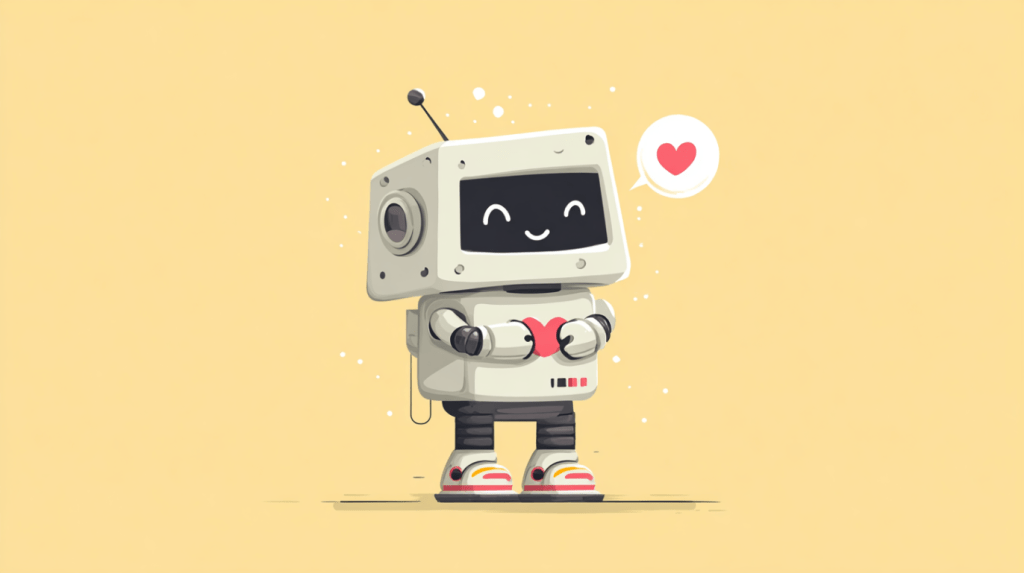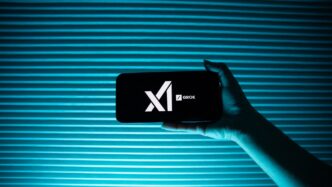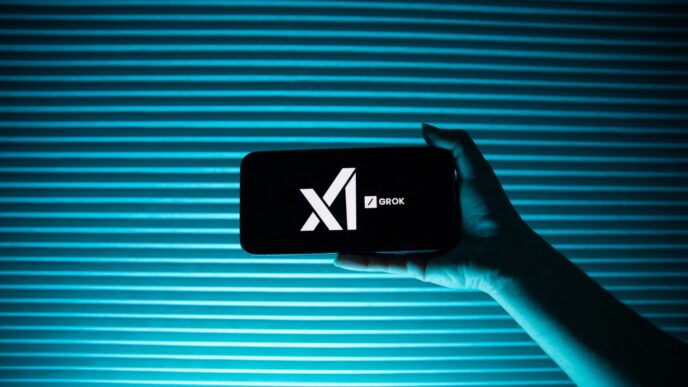Hugging Face rolled out Reachy Mini, a $299 desktop humanoid robot aimed at opening AI-powered robotics to millions of developers. The announcement dropped Tuesday, following the company hitting 10 million users.
The 11-inch robot is a budget alternative to pricey industrial and humanoid bots. CEO Clément Delangue pointed to cost barriers: traditional robots run $70,000, Tesla’s Optimus is expected at $20,000+. Reachy Mini fits on a desk, integrates with the Hugging Face Hub, and taps thousands of AI models via the platform’s Spaces.
“One of the challenges with robotics is that you know you can’t just build on your laptop. You need to have some sort of robotics partner to help in your building, and most people won’t be able to buy $70,000 robots,” Clément Delangue said.
The device sprouted from Hugging Face’s April buyout of French startup Pollen Robotics, marking a serious hardware push. It comes as AI shifts toward physical embodiment. Goldman Sachs forecasts humanoid robotics could hit $38 billion by 2035.
Reachy Mini features six degrees of freedom in its moving head, full body rotation, animated antennas, camera, microphones, speakers, and a wireless version running on a Raspberry Pi 5 with battery. It ships as a DIY kit, programmable in Python, with JavaScript and Scratch support coming.
Pre-installed demos include face and hand tracking, smart companion skills, and dancing. Developers can build and share apps on Hugging Face Spaces.
The hardware is fully open source with all designs, code, and assembly guides available. Hugging Face sells pre-assembled units for convenience, banking on a freemium model pushing mass customization.
“You try to share as much as possible to really empower the community,” Delangue explained.
“There are people who, even if they have all the recipes open source to build their own Reachy Mini, would prefer to $300 bucks, $500, and get it already ready, or easy to assemble at home.”
Privacy is a new problem with AI robots in homes. Cameras, mics, and actuators raise surveillance risks. Hugging Face bets open source combats black-box robots controlled by few companies.
“One of my personal motivations to do open-source robotics is that it’s going to fight concentration of power… the natural tendency of creating black box robots that users don’t really understand or really control,” Delangue said.
Early Reachy Mini shipments start next month in more DIY form, with some assembly shared between customers and Hugging Face.
The move pits Hugging Face against Tesla’s Optimus, Figure AI, and Boston Dynamics on the high end, and Unitree’s $16,000 bots on the more affordable side.
Hugging Face’s gambit: Build an ecosystem of cheap, modular open-source robotics rather than one flagship product. Previous hardware includes the $100 SO-101 robotic arm, and plans for a $3,000 HopeJR humanoid.
Partners like NVIDIA and startups such as Physical Intelligence back the effort with simulation tools and robot foundation models. The release of SmolVLA, a lean vision-language-action model, enables AI onboard Reachy Mini with modest hardware needs.
Reachy Mini aims to disrupt robotics by putting development in the hands of millions, not locked labs or expensive gear. If it works, it could remake AI hardware just like Linux and Android disrupted software.
“The idea of ending up in a world where just a few companies are controlling millions of robots that are in people’s homes, being able to take action in real life, is quite scary,” Delangue said.
“We see hardware as part of the AI builder building blocks,” he added.
Reachy Mini also targets education and research. At $299, it lowers entry barriers for schools and learners to explore robotics with a fully programmable platform.
The big question: Can open source hardware survive the manufacturing, supply chain, and safety hurdles? Hugging Face is betting yes—and the race to open robotics just kicked into high gear.
Watch Reachy Mini in action below:














